These are my family’s absolute favorite vegan blueberry muffins and I promise you won’t believe they’re made without eggs or dairy. They’re not only super quick to prepare, but they consistently bake up wonderfully light and fluffy.
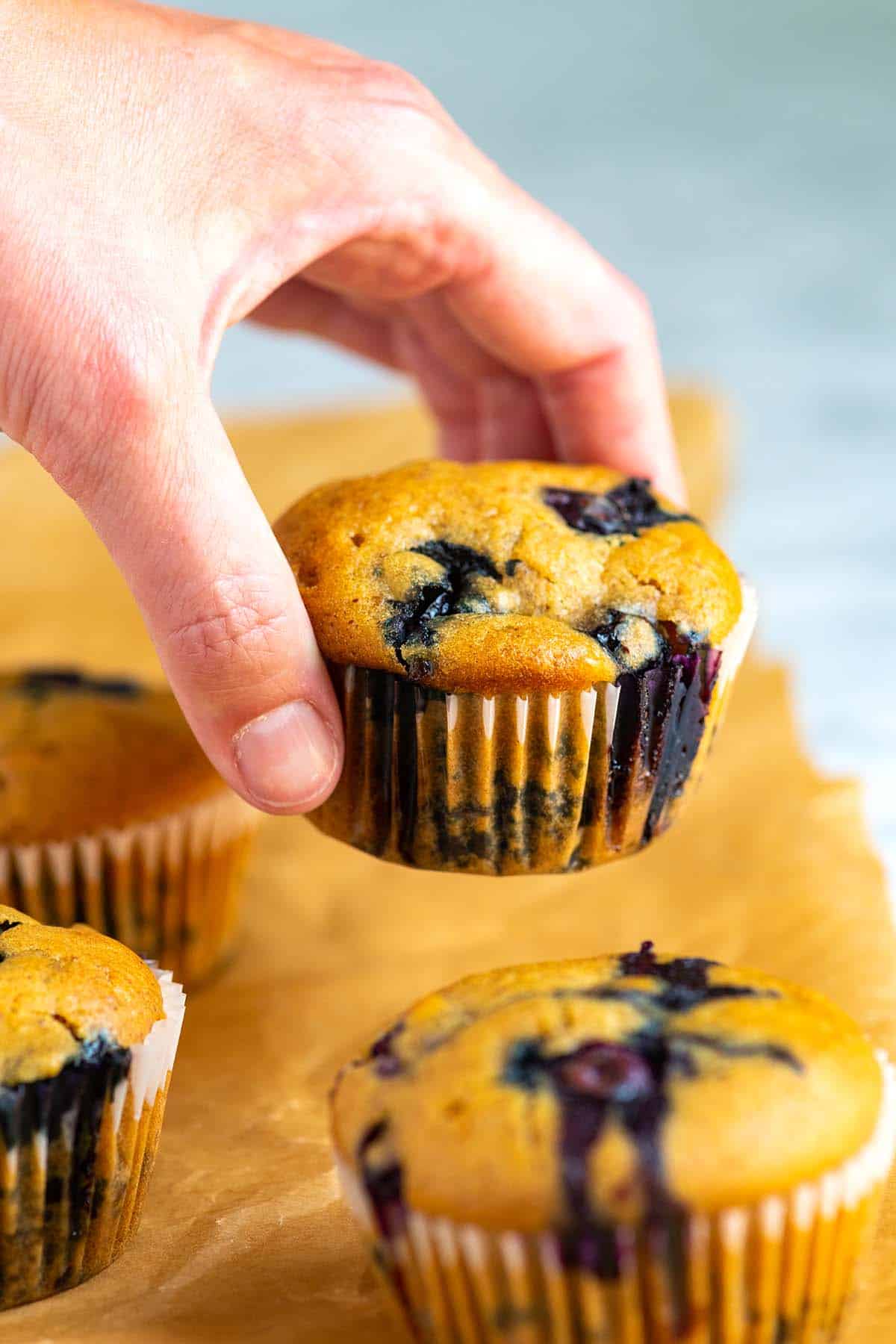
My entire family loves these vegan muffins, and while we’re not exclusively a vegan blog, we do have many family-favorite plant-based recipes like this one. Take our vegan pancakes, for example—my son makes them all the time! That’s to say, these blueberry muffins will make just about everyone happy, vegans and non-vegans alike.
We adapted these from our popular classic blueberry muffin recipe, making a couple of key swaps. We swapped the egg for a flax egg, which adds a hint of delicious nuttiness, and replaced dairy milk with a simple vegan buttermilk substitute (simply combine your favorite plant-based milk with a bit of lemon juice). Both of these substitutions enhance the flavor rather than take away from it, which is precisely why these muffins turn out so incredibly well.
Key Ingredients
- Blueberries: Use fresh or frozen blueberries in this recipe. If you use frozen, add them frozen so your batter doesn’t turn purple.
- Flax Egg: This is our egg replacer. You’ll mix a tablespoon of ground flaxseed meal with 3 tablespoons of water and let it thicken over 10 to 15 minutes before adding to the muffin batter. If you have baked with aquafaba, you can use that instead. Tips for using aquafaba as an alternative to a flax egg are in the tips section below the recipe.
- Plant-Based Milk and Lemon Juice: I prefer unsweetened oat milk or soy milk, but feel free to use your favorite variety. To create a “vegan buttermilk” effect that helps with rise and texture, we’ll combine the plant-based milk with an acid. I typically use fresh lemon juice, but plain distilled vinegar works just as well to curdle the milk.
- Sugar: I love brown sugar or coconut sugar in these muffins as they add a little extra toasty caramel flavor.
- Oil: Just as with our classic muffin recipe, we rely on oil in this vegan batter. It’s key to achieving those wonderfully light and fluffy middles, offering a lighter texture compared to using plant-based butter. That said, if you prefer, you can certainly substitute some or all of the oil with melted plant-based butter.
- Vanilla, Salt, and Cinnamon: These add extra flavor and richness to the batter. I love vanilla with the blueberries, and the cinnamon adds a bit of warmth.
- Flour: I use all-purpose flour, but this recipe works with whole wheat flour, spelt flour, and even an all-purpose gluten-free flour blend (like Bob’s Red Mill).
- Baking Powder and Baking Soda: We call for both of these leavening agents to achieve that signature extra fluffy texture. I prefer double-acting baking powder for reliable lift, and the baking soda will actively react with the vegan buttermilk we created, ensuring our muffins rise beautifully and develop a lovely golden brown crust.
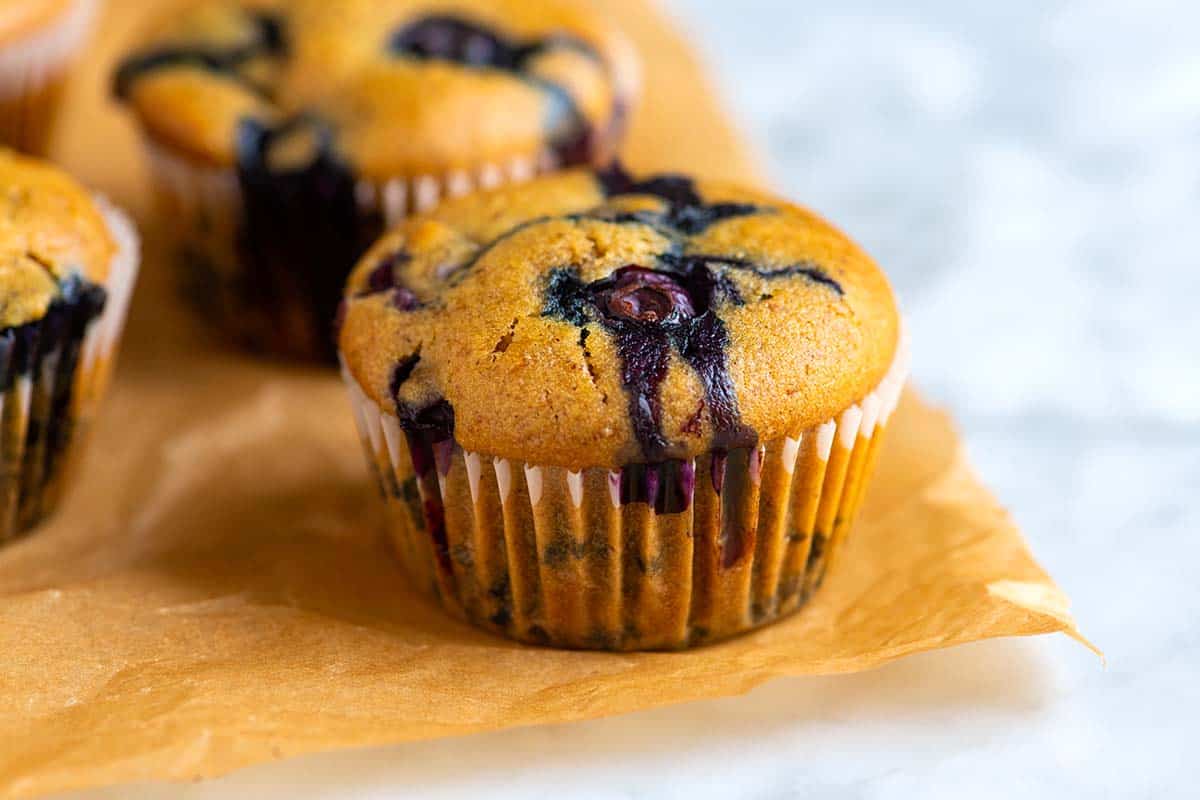
Easy Vegan Blueberry Muffins
- PREP
- COOK
- TOTAL
Here’s my family’s favorite vegan blueberry muffin recipe. They turn out just as delicious as traditional blueberry muffins but are made without eggs and dairy. The easiest egg replacer for this recipe is a flax egg made with flaxseed meal (ground flax seeds) and water (the method is provided below). Alternatively, you can use aquafaba. If you’d like to use aquafaba instead of the flax egg, see our tips below the recipe.
You Will Need
1 tablespoon (7g) ground flaxseed meal to make 1 flax egg
2/3 cup (160ml) unsweetened soy milk or other non-dairy milk
1 tablespoon apple cider vinegar or fresh lemon juice
1/2 cup (100g) brown sugar or coconut sugar
1/3 cup (80ml) neutral oil like avocado oil
1 ½ teaspoons vanilla extract
2 cups (260g) all-purpose flour
1 teaspoon baking powder
1 teaspoon baking soda
Rounded 1/4 teaspoon fine sea salt
1/2 teaspoon ground cinnamon
1 ¼ cups fresh or frozen blueberries, about 6 ounces
Directions
1Make the flax egg: Stir 1 tablespoon flaxseed meal with 3 tablespoons of water in a small bowl. Place in the refrigerator and let it set for 15 minutes.
2Prepare the oven and the muffin tin: Preheat the oven to 400°F (204°C). Line a 12-cup muffin tin with paper liners.
3Make a non-dairy buttermilk substitute: Combine soy milk (or plant-based milk) with 1 tablespoon of apple cider vinegar, then set aside for a few minutes. The mixture will curdle and thicken slightly and is essentially a vegan buttermilk.
4Prepare the dry ingredients: In a medium bowl, whisk the flour, baking powder, baking soda, salt, and cinnamon together until well blended.
5Prepare the wet ingredients: In a large bowl, whisk the brown sugar, oil, non-dairy buttermilk mixture, vanilla, and the flax egg.
6Make the muffin batter: Use a large rubber spatula to scrape the sides and bottom of the bowl, then add the dry ingredients in three parts, stirring gently until they disappear and the batter is smooth. Stir in 1 cup of the blueberries.
7Divide the batter between muffin cups, and then divide the remaining 1/4 cup of blueberries between each muffin cup by gently pressing each blueberry into the top of the batter.
8Bake the muffins: Bake for 15 to 20 minutes or until the tops are no longer wet and a toothpick inserted into the middle of a muffin comes out with crumbs, not wet batter. Transfer to a cooling rack.
Adam and Joanne's Tips
- Storing: Place the cooled muffins in an airtight container and store them at room temperature for 2 to 3 days. To freeze, wrap them tightly in aluminum foil or place them in freezer bags. Freeze for up to 3 months.
- Flax egg vs. aquafaba for vegan muffins: When making this recipe, choose to use either a flax egg or aquafaba (the liquid from a can of chickpeas). Both options make some seriously delicious muffins. There isn’t a significant difference in the final baked muffin, but while a flax egg is the easiest, I’m inclined to give aquafaba the edge since it helps brown and dome the tops nicely. With that said, we’ve made this recipe with both options more times than I can count, and each time, the muffins were devoured!
- Substitute aquafaba for the flax egg: To make the muffins using aquafaba, lightly shake a can of chickpeas and then open it. Drain the beans and reserve the liquid. Measure 3 tablespoons of the liquid and place into a small bowl. Whisk the chickpea liquid (also known as aquafaba) until it becomes very frothy. Add the whisked aquafaba to the wet ingredients instead of the flax egg.
- Batter thickness: The batter should be thick and “scoopable” — not runny and not dry or extra thick like dough. If the batter is too runny, add flour, a tablespoon at a time until correct consistency. If the batter is dry or too thick, add milk, a tablespoon at a time until the proper consistency.
- The nutrition facts provided below are estimates. Calculations assume a flax egg.

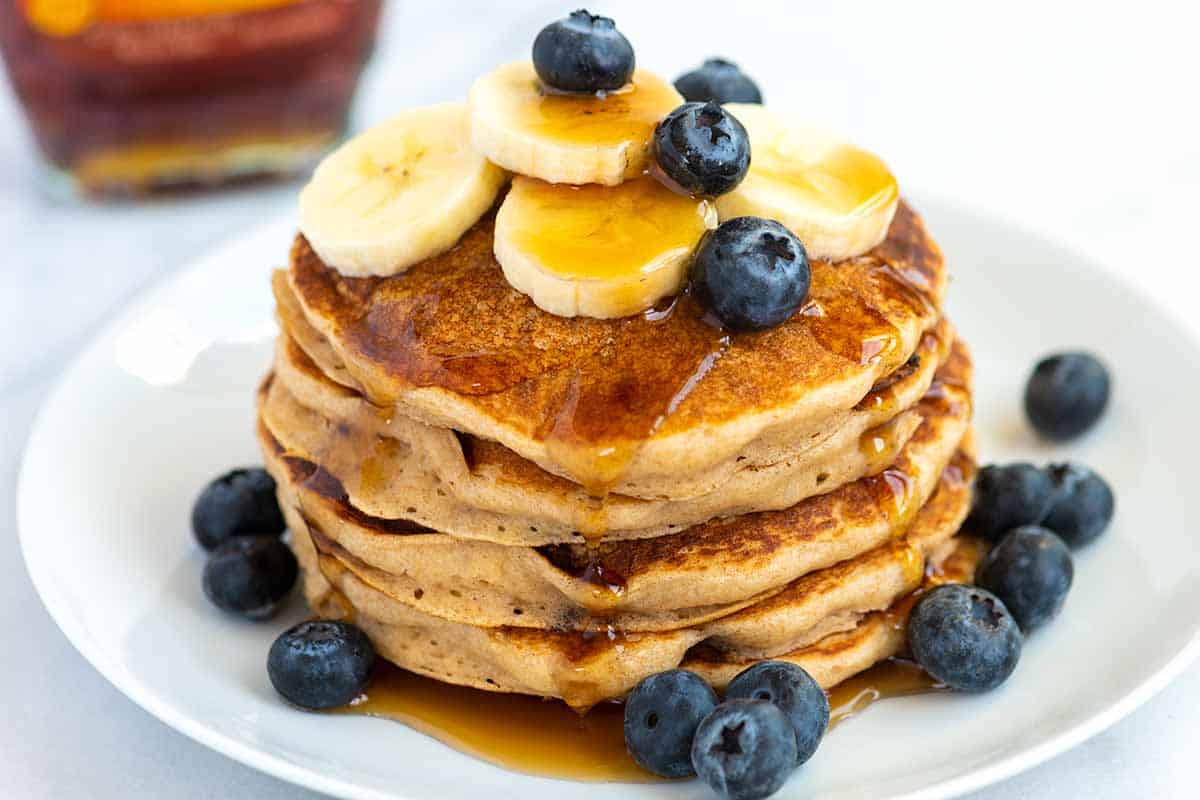
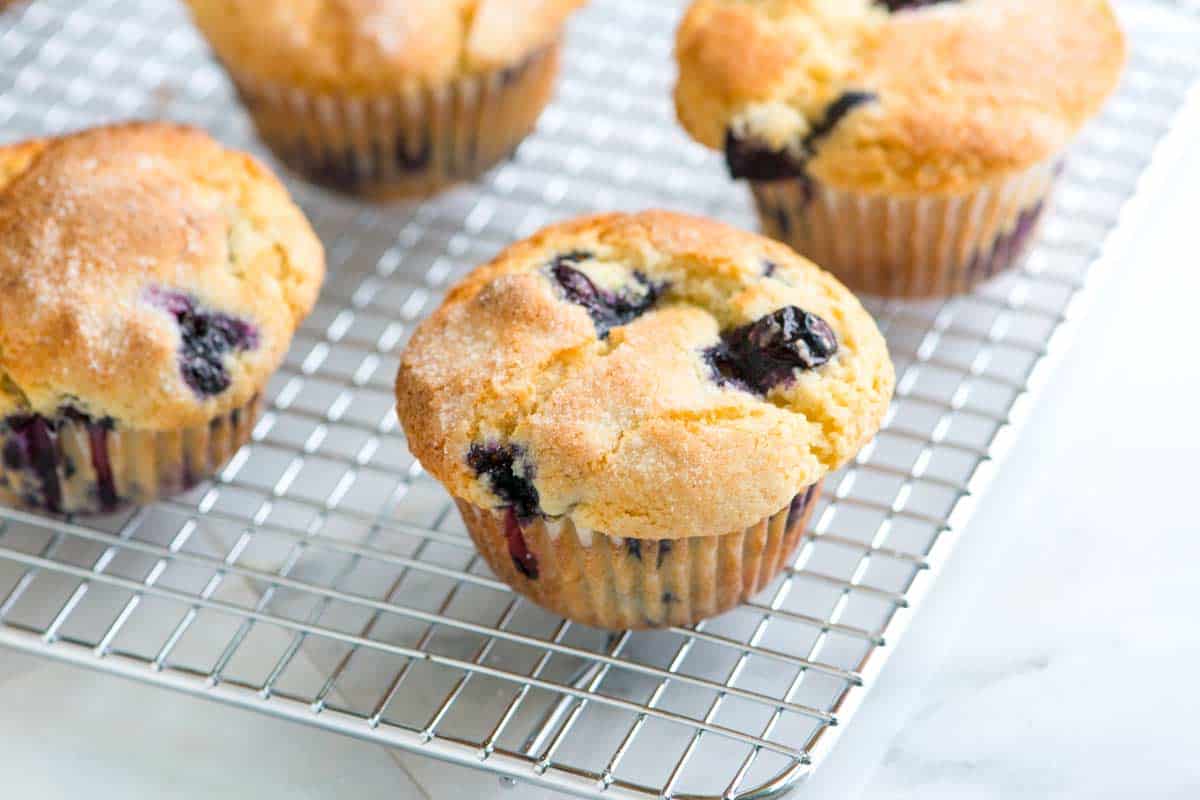
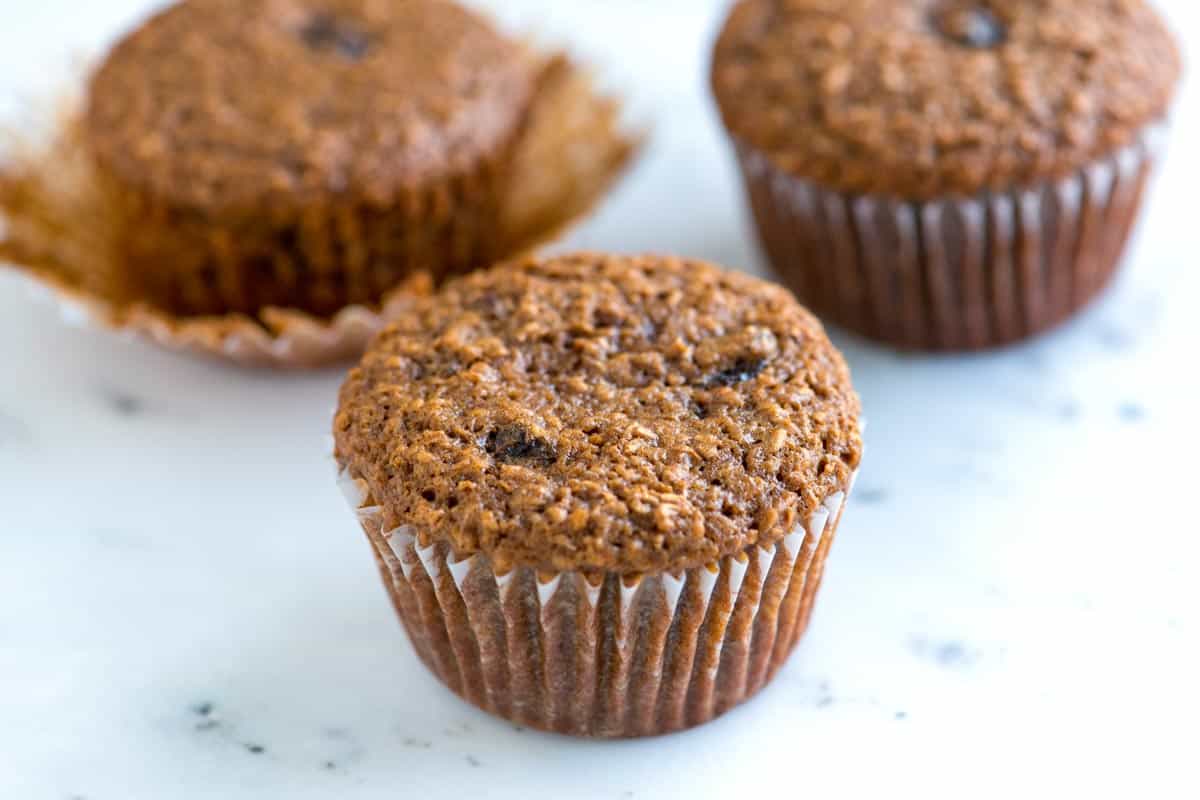
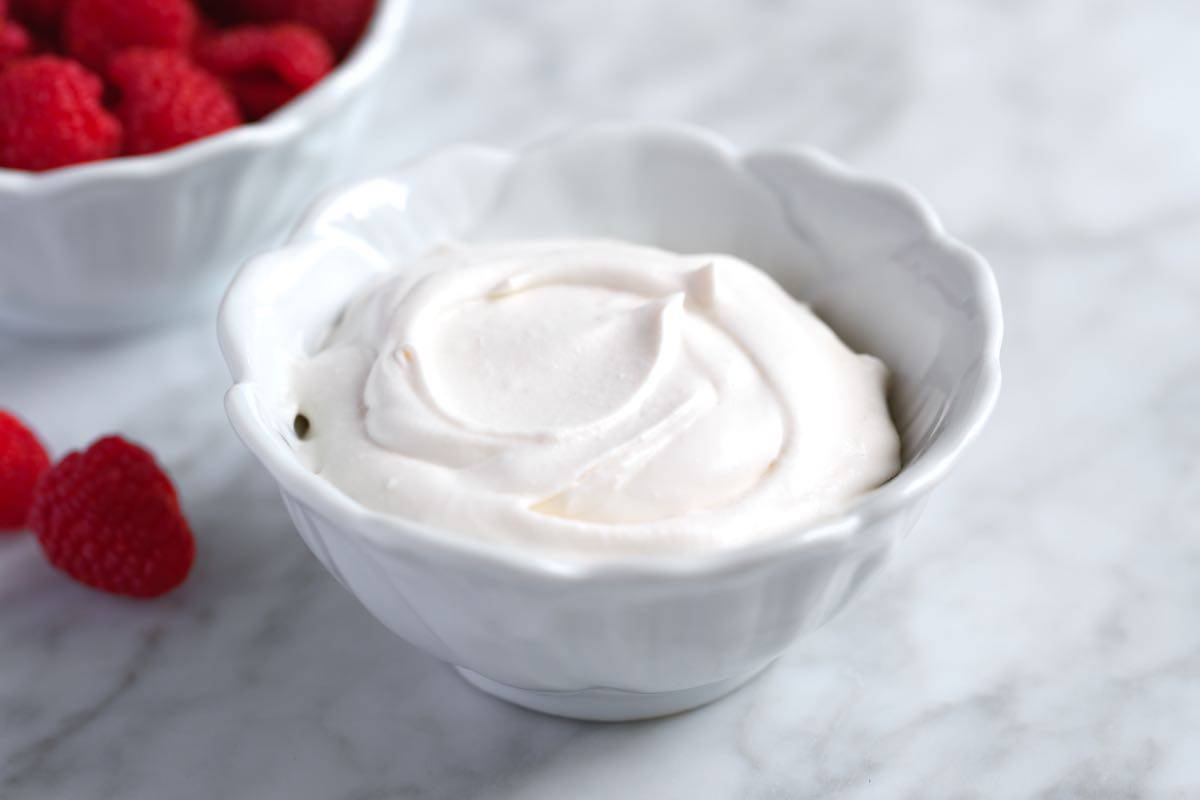
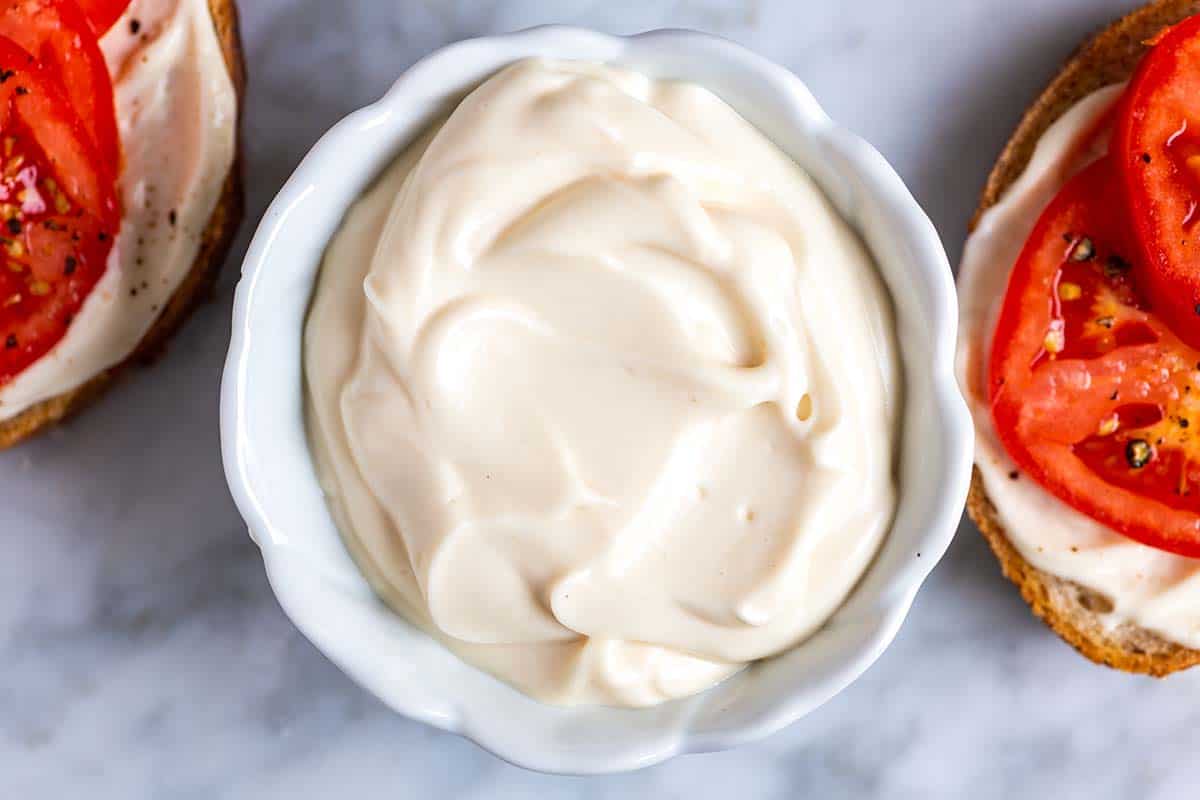
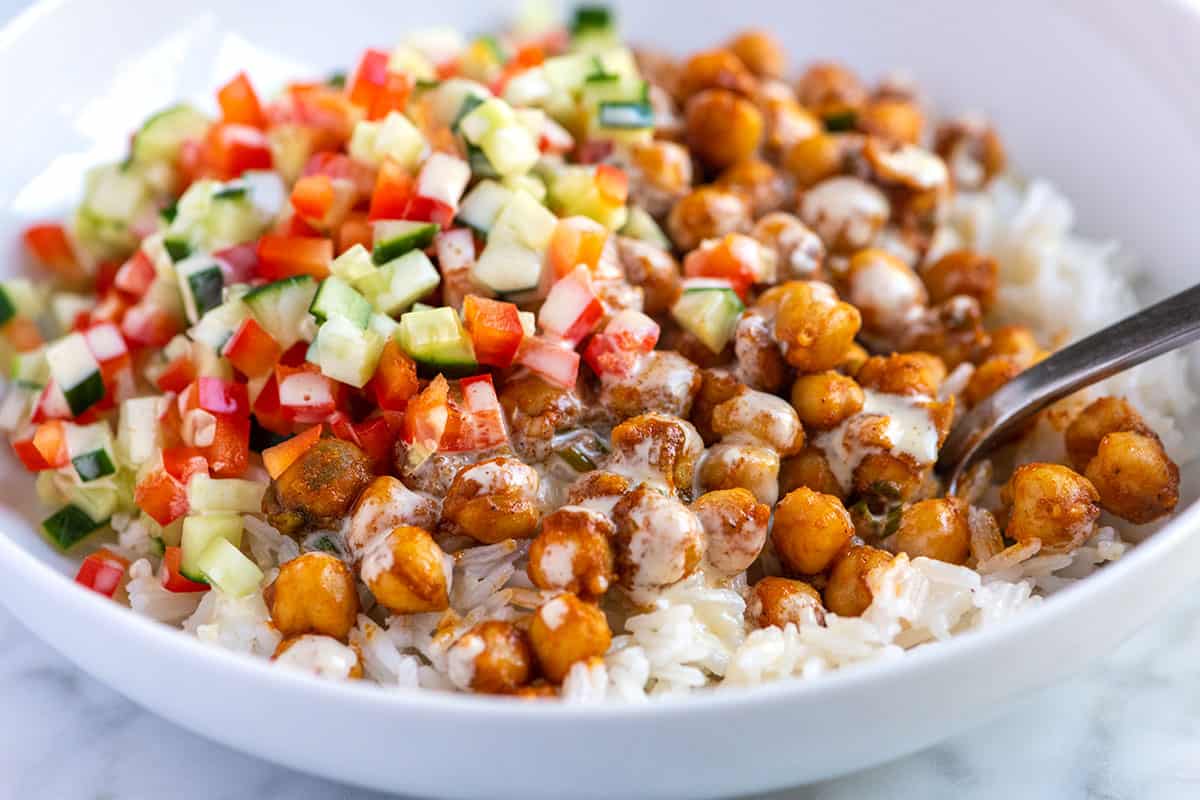


Can I use whole wheat flour instead of all purpose flour in this recipe?
Definitely!
Just made these. They’re so wonderfully fluffy amazing texture. My only complaint is that there is an aftertaste maybe from the apple cider vinegar and soy milk?
Hello! Can I substitute the oil to unsweetened applesauce? Thank you!
Hi Anne, We have only made these muffins according to the ingredients listed above. Usually you can substitute some of the oil in a recipe like this one for applesauce. Often the texture will be different, but the substitution should work.
Great recipe, but you forgot to say when to add the milk. I just threw it in with the wet ingredients.
So glad you enjoyed the recipe! You are absolutely right. I just fixed the mistake. Thank you for pointing that out 🙂
I’m interested!